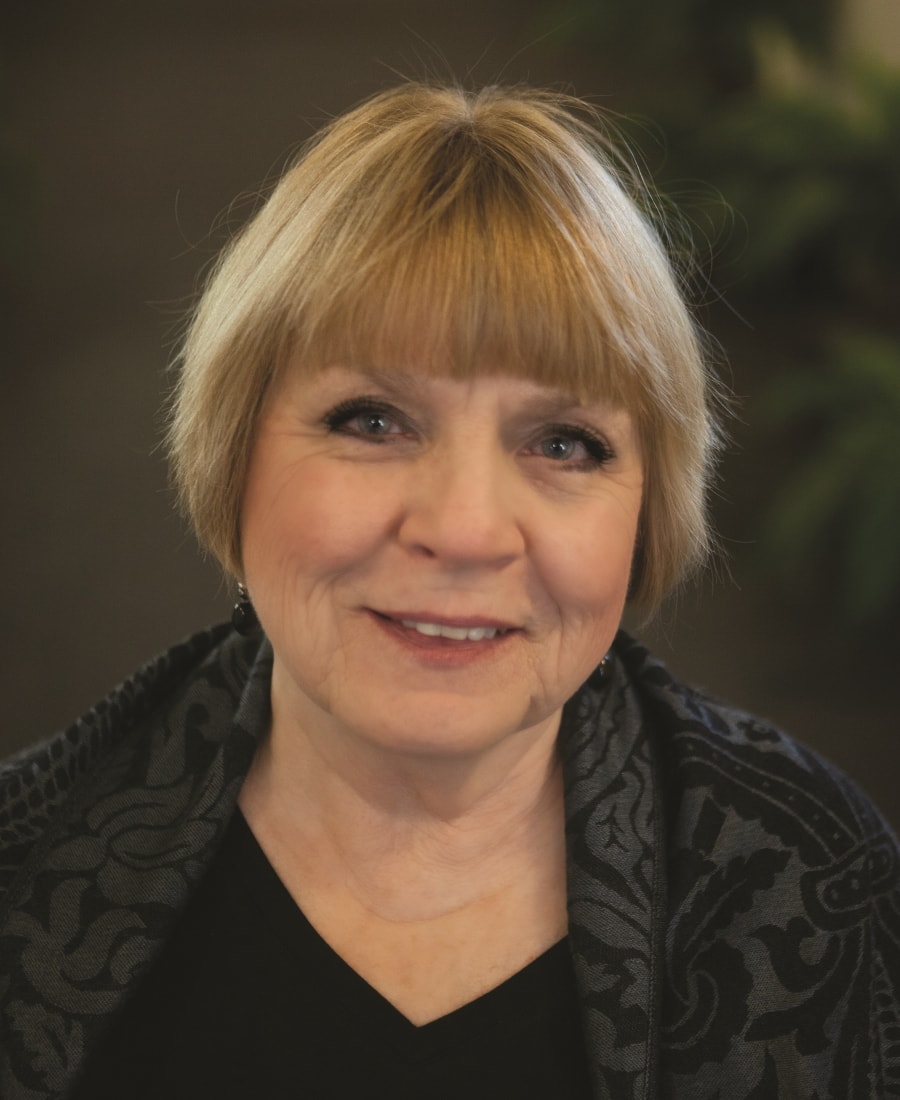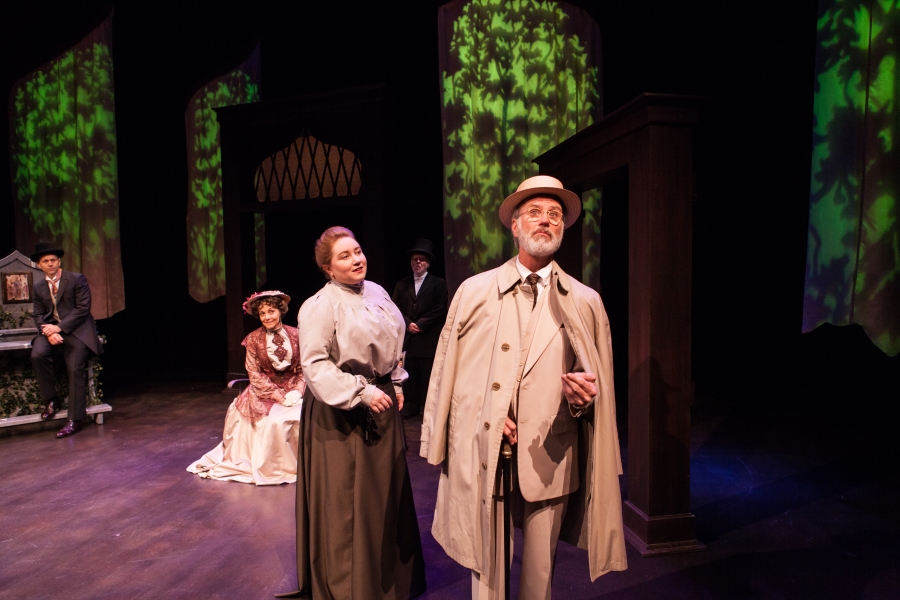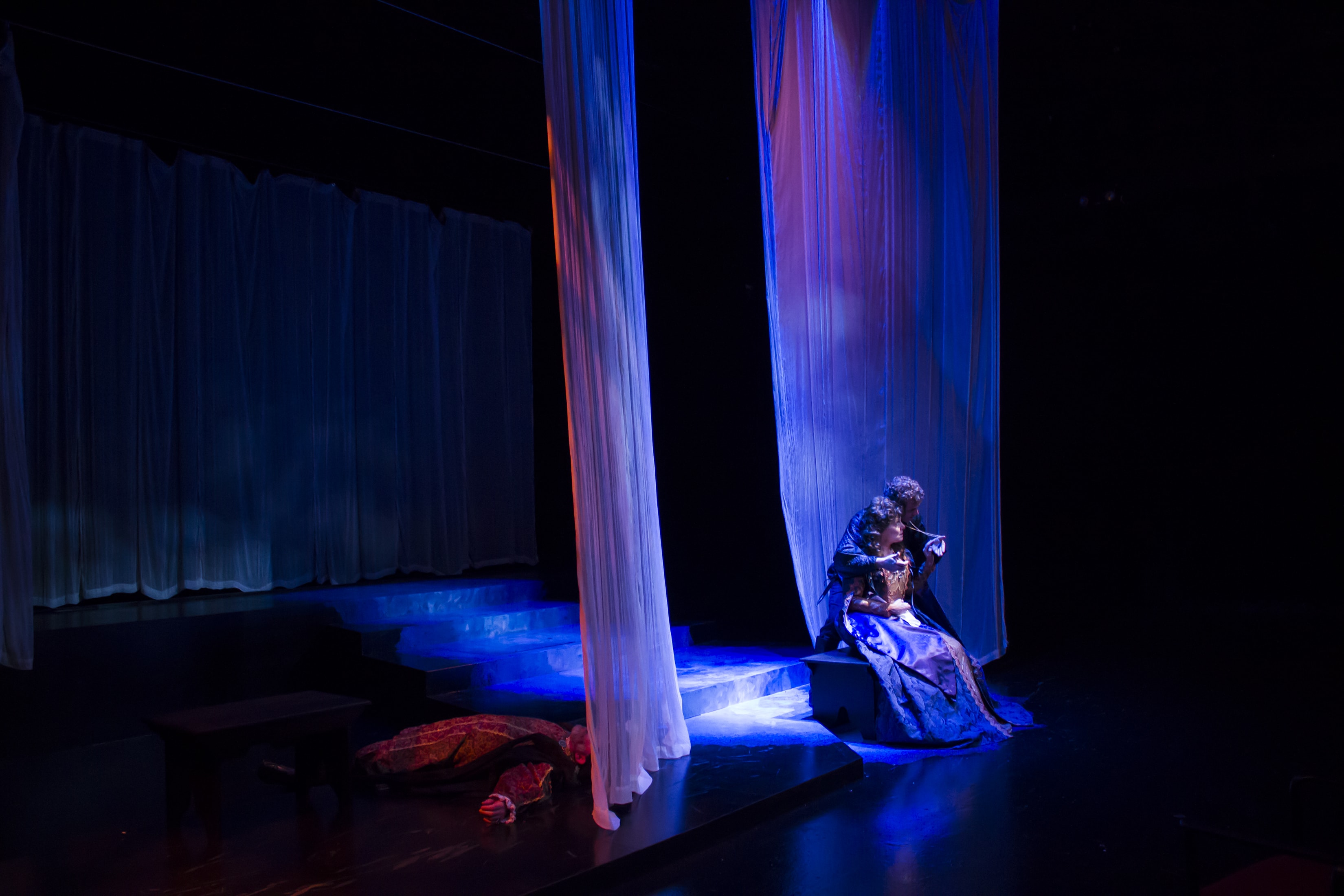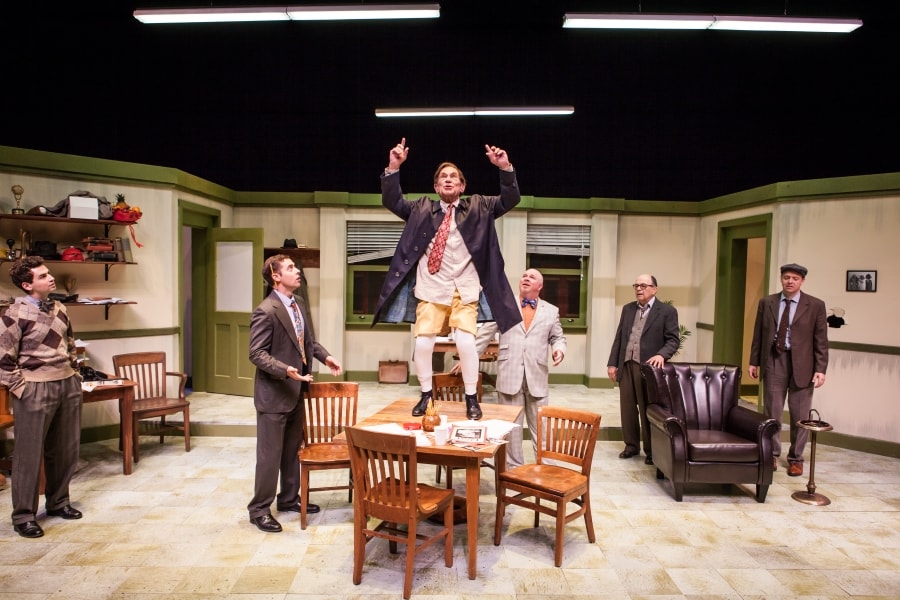LEWISBURG, W.VA: Nestled between the Allegheny Mountains in Greenbrier County is this small historic town, whose 18th-century architecture, antebellum homes, roaming sheep, and street names—which pay homage to the soldiers of the French and Indian War—bring tourists from near and far.
The charming burgh is also the home of the official professional theatre of the Mountain State, Greenbrier Valley Theatre (GVT). The theatre produces eight shows each season, in addition to hosting literary events and educational programming year-round. American Theatre caught up with artistic director Cathey Crowell Sawyer via email to learn more about making theatre in an idyllic rural setting.

Who founded Greenbrier Valley Theatre, when, and why?
GVT was incorporated in 1967 by founders John and Betty Benjamin as a summer theatre in a tent alongside the Greenbrier River. They brought in a small company with the intention of combining professional and amateur actors, under professional direction. The beauty of the Greenbrier Valley and the proximity of resorts in the area made Lewisburg a prime area for a seasonal theatre as an added attraction to both locals and visitors to the area. The Benjamins were dedicated artists who wanted to produce quality theatre. Oscar- and Emmy-nominated actor Brad Dourif was in their earliest company.
Tell us about yourself and your connection to the theatre.
When I took the job 25 years ago, I thought it might be a nice part of the country to be in for a couple of summers. But when I actually came through these beautiful mountains and into this little burgh that first summer, I had the strong sense I was coming home. I found a group of people on the board of directors who really wanted to see something happen with their summer theatre. They wanted good theatre, professional theatre. They believed theatre could be good for the community and for the economy. I was taken by their dedication and their can-do attitude. I fell in love with the people, the area, the climate, and, most of all, the theatre. Obviously, I stayed longer than a couple of summers, and together, we have realized the dream of having a year-round theatre that is an artistic and economic engine in the community. We struggle to keep it going, but the struggle is worthwhile and important. I was coming home; my heart is here—in this work and in these mountains.
What sets your theatre apart from others in your region?
We are the only year-round Actors’ Equity Association (AEA) theatre in the state. We are also the official state professional theatre of West Virginia. We do an eight-play mix of contemporary, classical, musical, and original plays every year; as a professional theatre, that is distinctive in our region. Our education programs set us apart. We have programs and shows by and for children throughout the year, and we are performing and teaching in area schools during the academic year. We also are home to music events, literary readings, and live simulcasts from the Metropolitan Opera.

Who is your audience?
We have a cadre of local people who come to the theatre and who support it. That audience is educated, intelligent, well-traveled, and loyal. They have seen theatre in New York, in London, and in other places. They know good theatre. A large part of our audience has moved to the area from metropolitan cities. We draw regularly from about a 100-mile radius of Lewisburg, and more and more our audience is made up of tourists.
Tell us about your favorite theatre institution other than your own, and why you admire it.
I have great admiration for what Florida Stage achieved before it closed. They had a very specific mission of new American plays with five characters or less and were dedicated to producing truly excellent and fully realized new productions. I think they did a great service to all of American theatre. I also have a great deal of admiration for the Barter Theatre in Abingdon, Va. They have survived and thrived in a town nearly as rural as ours for a very long time.
How do you pick the plays you put on your stage?
With the music director and the associate artistic director, I pick plays that speak to us, plays we want to do, and plays that have some resonance with the lives of people in the area. I know the audience here pretty well, and I put something in the season for the lovers of musicals, for the lovers of drama, and for the lovers of comedy. Sometimes other staff or theatre artists who’ve worked here bring us scripts they are interested in, and as a staff, we seriously look at those scripts that people we respect are passionate about.
What’s your annual budget, and how many artists do you employ each season?Our annual budget is around a million dollars, depending on the season we’ve selected. Every year we employ between 70 and 100 artists.

What show are you working on now? Anything else in your season that you’re especially looking forward to?
We’re gearing up to produce You Can’t Take It With You. I look forward to directing such a rich, quirky play. Honestly, I’m excited about this entire season. It’s always great to be on the front end of a new play, and the musical, Cinderellish, that we are developing and premiering this summer has great potential. I especially look forward to directing Stuart Margolin and Gretchen Corbett in On Golden Pond. I’ve always loved that play and never had the opportunity to work on it. Another play I’ve always wanted to do is The Member of the Wedding. I’m drawn to the voice of Southern women writers, and Carson McCullers is one of my favorites. It is a play and a story that haunts me and speaks to my Southern roots.
Strangest or funniest thing you’ve ever seen (or put) on your stage?
In 25 years, there have been so many wonderful comedies, so many mishaps, so many successes, it would be hard to select. We’ve always had fun with nontraditional casting, and in two instances, I was delighted that most of our audience did not recognize two very popular actors playing the opposite sex. They watched Something’s Afoot and never recognized that Miss Tweed was a man; and in a new comedy/spoof we produced, Mole Hill, they did not realize one of the male church elders was actually one of their favorite actresses. Both were tour-de-force performances, and I thoroughly enjoyed seeing that success.
What are you doing when you’re not doing theatre?
Okay, I have to laugh—I’m seldom not in the theatre. However, when there is a little time away, you might find me at our getaway on the river growing vegetables or wading in the water. I also make jewelry, and I love going to museums, walking my dog, and reading.
What does theatre—not just your theatre, but the American or world theatre—look like in, say, 20 years?
Optimistically, I don’t see it going away. Theatre has survived a long time. I think it will get stronger and be more significant to people. I see people burning out on video games and reality TV and wanting more interpersonal, shared experiences. Theatre will be there to tell stories—important stories, fun stories, stories that challenge our thinking, and stories that are the seeds of change.


